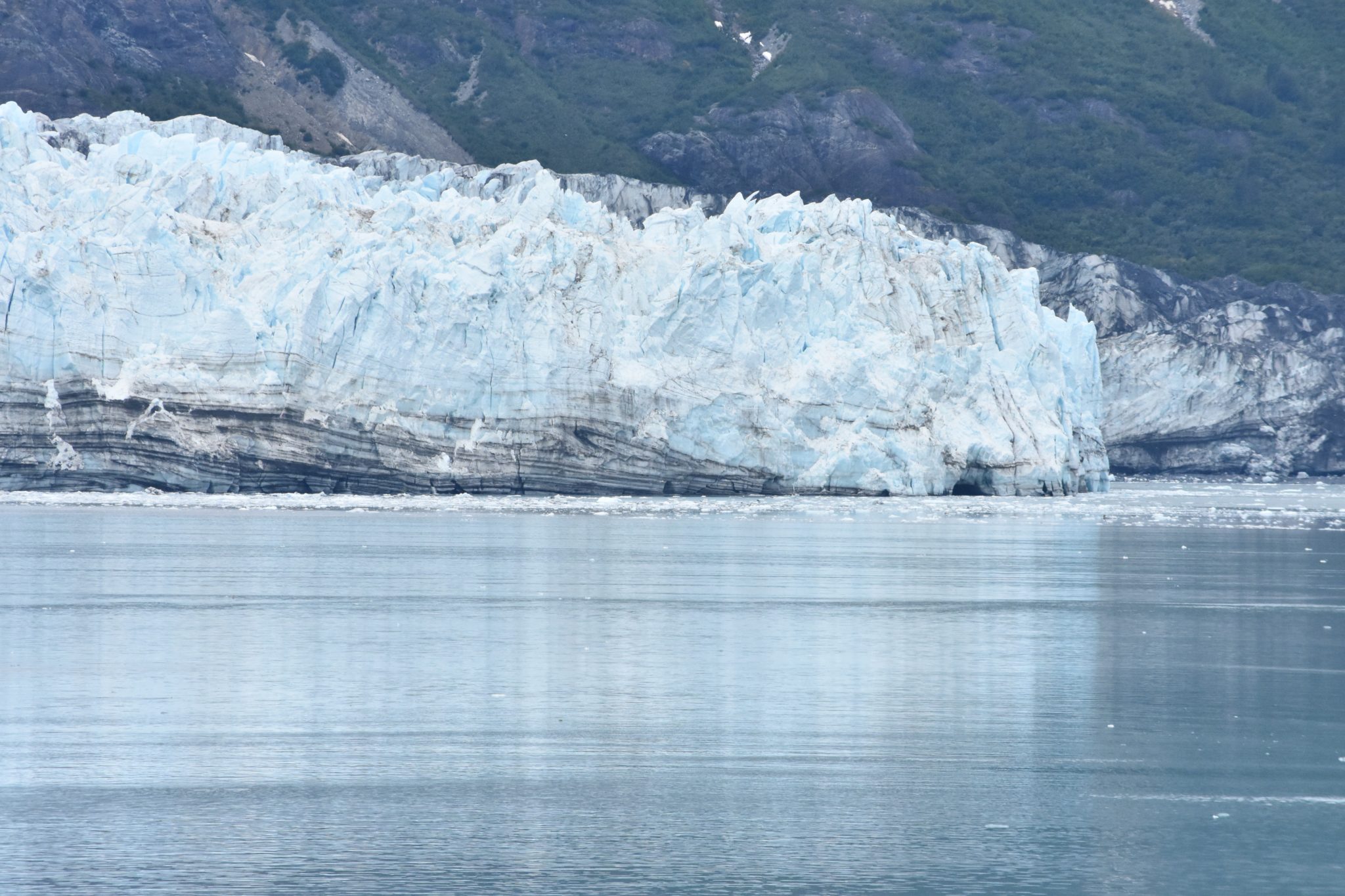
The United Nations’ Intergovernmental Panel on Climate Change (IPCC) has recently issued a critical report about the present and future state of global warming, and the findings aren’t exactly encouraging. According to the report, the goal outlined in the Paris Agreement—to restrict global warming to 1.5°C above pre-industrial levels—is becoming increasingly unattainable. The report warns that our current pace of carbon emissions means we're rapidly running out of time to achieve this target.
Jim Skea, Co-Chair of Working Group III of the IPCC, remarked:
“This report sends a very clear message: if we fail to take immediate action and make significant cuts to carbon dioxide emissions over the next decade, achieving the 1.5°C limit will become nearly impossible.â€
What Needs to Be Done?
To avoid surpassing the 1.5°C threshold, global emissions must be halved by 2030, and we must reach full carbon neutrality by 2050. This requires immediate changes in individual behavior—not just collective action. The report emphasizes that we have three decades to implement comprehensive transformations and fully adopt renewable energy sources.
This is one of the most alarming reports ever released, and it has sparked intense discussions among environmental experts since its publication.
In the following sections, we'll explore some key insights from the report.
Four Key Takeaways from the Report
Coral Reefs Face Extinction
Our stunning coral reefs will struggle to survive further climate change. More than 90% of the heat trapped on Earth accumulates in our oceans, and we've already witnessed the devastating effects of marine heatwaves on coral ecosystems. Some reefs have already been lost forever.
If global temperatures rise beyond 1.5°C and reach 2°C, the report predicts that by 2100, 99% of coral reefs will vanish from the planet.
Poverty Levels Could Rise
The report's authors warn:
“Climate change is expected to act as a poverty multiplier, worsening conditions for the poor and increasing the overall number of people living in poverty.â€
This applies particularly to regions such as Asia, Africa, and South America, where agriculture remains a primary source of livelihood for many communities.
Heavier Rainfall and Extreme Weather Events
The report indicates that for every degree Celsius of warming, the atmosphere can hold 7% more water vapor. This means we can expect increased rainfall, especially during major storms.
The authors note:
“Limiting global warming to 1.5°C reduces the risk of severe precipitation events in certain areas.â€
Unfortunately, at our current rate, we’re on track to exceed this limit. As precipitation intensifies, so too will the frequency and severity of hurricanes and other natural disasters.
An Ice-Free Arctic
If we surpass the 1.5°C mark and reach 2°C or higher, it’s highly likely that the Arctic and its seas will become entirely ice-free. This would accelerate warming since ice reflects sunlight back into space, preventing it from being absorbed by the ocean.
The report states:
“There is strong evidence suggesting that the likelihood of a sea-ice-free Arctic during summer is significantly greater at 2°C compared to 1.5°C.â€
This means that keeping warming below 2°C would result in an ice-free Arctic occurring only once every ten years, whereas staying within 1.5°C could delay this phenomenon until once per century—a substantial difference for just half a degree of warming.
Solar Energy: A Path Forward
As part of our research, we recently explored what might happen if the entire world transitioned to solar power. Imagine solar panels adorning every neighborhood and vast expanses of desert covered in photovoltaic arrays. You can read the full article here.
Here’s what we discovered:
A Temperature Drop of 2°C
In arid regions worldwide, temperatures could drop by 2°C! While seemingly small, this shift would have a profound positive impact. Instead of heat being absorbed into the ground and exacerbating global warming, it would be captured by solar panels.
A Reduction in Precipitation
Precipitation in desert areas could potentially decrease by 20%. This would mean fewer extreme weather events—not just in places like the UK but also in underdeveloped regions that often bear the brunt of such conditions.
There are countless other reasons to switch to solar power—find out more here!
Take Action with Solar Energy
The report underscores the urgent need to adopt alternative and renewable energy sources if we hope to reverse the environmental damage already inflicted upon Earth—and prevent future harm.
For us—and for you—the solution lies in solar energy. It’s one of the most accessible forms of clean energy and comes with personal benefits as well. This report is deeply concerning and demands serious attention.
Taking all of this into account, we encourage you to get in touch with us to discuss your options. Call us at 0800 112 3110 or fill out our quick inquiry form. We’d love to help!
Dumbbell,Weight plate,Weight lifting dumbbell plate,Power Ring,Fitness Heavy Film
Xuzhou Hongxing Gym Equipment Co., Ltd , https://www.hxygym.com